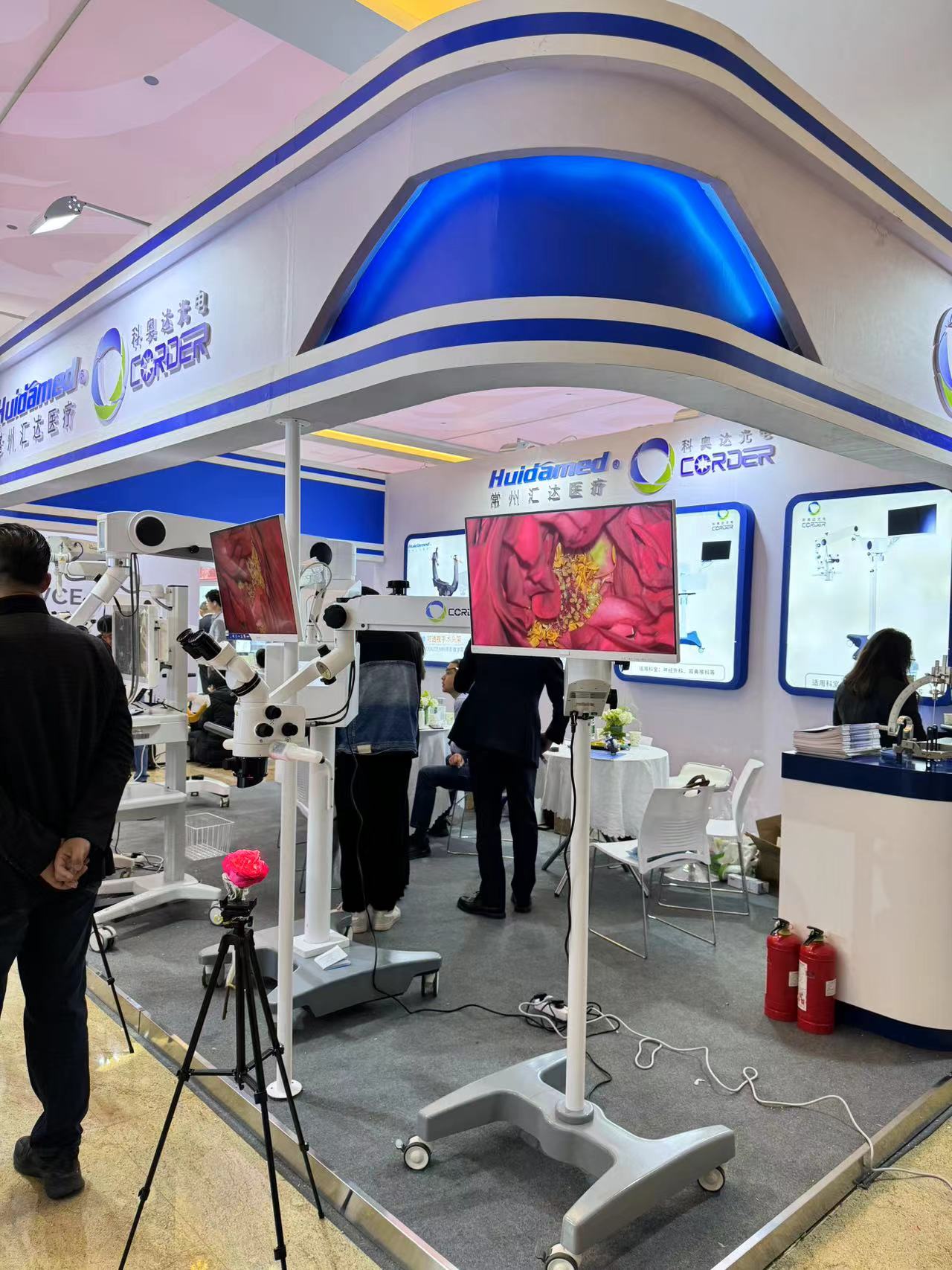The Evolution and Global Landscape of Surgical Microscopy: Precision, Innovation, and Market Dynamics
The surgical microscope industry has undergone a transformative evolution over the past decade, driven by advancements in optical engineering, specialized clinical demands, and a growing emphasis on minimally invasive procedures. At the heart of this progress lies the integration of cutting-edge technologies such as aspheric lenses, which minimize optical aberrations and deliver unparalleled image clarity. These lenses have become indispensable in applications ranging from microscopic brain surgery to orthopedic microscope-assisted interventions, enabling surgeons to navigate complex anatomical structures with precision.
One of the defining trends in the field is the shift toward customization. Manufacturers like custom ENT surgical microscope developers and custom cataract surgery microscope specialists are tailoring devices to meet the unique requirements of otolaryngology, ophthalmology, and other disciplines. For instance, custom best ophthalmic microscope systems now incorporate adaptive illumination settings and modular designs, allowing seamless transitions between anterior segment and retinal surgeries. Similarly, binocular stereomicroscope suppliers are enhancing depth perception for procedures in neurosurgery and spinal interventions, where millimeter-level accuracy is critical.
The role of illumination cannot be overstated. Modern light and fluorescence microscopy suppliers have introduced LED-based solutions that replace traditional halogen bulbs, offering brighter, cooler, and more energy-efficient light sources on microscopes. This innovation is particularly vital in microscopes in endodontics, where consistent illumination ensures visibility in narrow root canals. Meanwhile, LED fluorescent microscope manufacturers are pushing boundaries in oncology and neurology by enabling real-time visualization of fluorescent markers during tumor resections or nerve repairs.
The market’s competitive landscape is shaped by both established giants and agile innovators. Zeiss spine microscope systems, renowned for their ergonomic design and high-resolution optics, dominate complex spinal surgeries. However, niche players like monocular and binocular microscope suppliers cater to cost-sensitive markets, offering versatile options for educational institutions or smaller clinics. The rise of 3D stereo microscope factories has further diversified choices, with three-dimensional imaging becoming a staple in teaching hospitals and research labs.
Globalization has also redefined supply chains. Global surgical microscopes suppliers now leverage cross-border partnerships to streamline production, while regional entities such as microscope in neurosurgery manufacturers in Europe or Asia focus on localized regulatory compliance. Trade platforms like Medical Expo Dusseldorf serve as hubs for showcasing innovations, from refurbished surgical microscopes to next-gen operative microscope prototypes. Notably, the secondary market for 2nd hand microscopes for sale has gained traction, appealing to budget-conscious buyers seeking reliable equipment like Zeiss microscopes for sale at reduced costs.
Specialization remains a cornerstone. ENT surgical microscope suppliers, for example, prioritize compact designs with angled eyepieces for ENT procedures, whereas microscopic brain surgery factories emphasize ultra-fine focus mechanisms and anti-vibration features. In ophthalmology, microscope eyepiece factories produce adjustable diopter settings to accommodate surgeons with varying visual needs. Even components like the microscope eye piece are undergoing miniaturization to enhance portability in field hospitals.
Despite technological leaps, challenges persist. The optical microscopes marke faces pressure to balance affordability with innovation, particularly in emerging economies. Meanwhile, sustainability concerns are prompting manufacturers to adopt circular economy models, exemplified by refurbished surgical microscope programs that extend device lifespans. Regulatory hurdles, especially for custom ent surgical microscopes requiring regional certifications, add layers of complexity to global distribution.
Looking ahead, the convergence of AI and augmented reality with surgical microscopy promises to redefine intraoperative navigation. Imagine a binocular stereomicroscope overlaying real-time anatomical data during a spinal fusion or a 3D stereo microscope projecting holographic guides for dental implant placements. Such advancements will rely on continued collaboration between microscope in neurosurgery suppliers, software developers, and clinical end-users.
In conclusion, the surgical microscope industry stands at the intersection of precision engineering and clinical necessity. From aspheric lenses that sharpen imaging to global surgical microscopes suppliers connecting technologies worldwide, every component and stakeholder plays a pivotal role in advancing surgical care. As demand grows across disciplines—whether for orthopedic microscope-guided joint replacements or microscopes in endodontics—the sector’s ability to innovate while addressing cost and accessibility barriers will shape its trajectory in the decades to come.

Post time: Mar-27-2025







